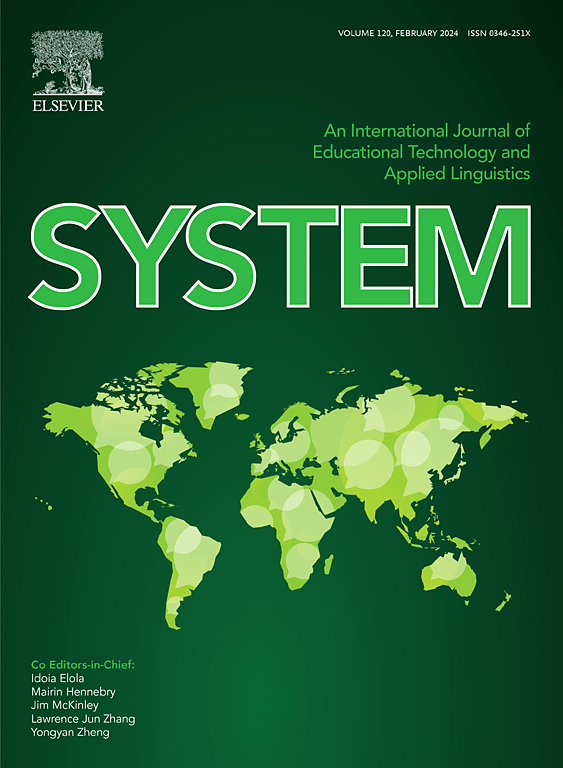金银花和姜黄提取物通过调节肠道-肝脏健康和微生物群减轻肉鸡坏死性肠炎
IF 6.5
1区 农林科学
Q1 Agricultural and Biological Sciences
引用次数: 0
摘要
坏死性肠炎(NE)可引起肉仔鸡肠道屏障功能障碍,导致继发性肝损伤(SLI)。在这个过程中,肝肠轴起着至关重要的作用。金银花和姜黄提取物(LTE),含有绿原酸和姜黄素,已报道具有抗炎和抗氧化特性。基于这些潜在的生物学益处,本研究旨在探讨LTE对ne感染肉鸡肠道屏障功能障碍的修复作用,并评估其缓解SLI的治疗效果。本研究通过阐明LTE对肉仔鸡肠肝轴健康的调控机制,为NE的防治提供新的思路。LTE提高了东北肉鸡体重和平均日增重,降低了肠道病变评分、球虫卵囊和产气荚膜梭菌数量(P < 0.05)。LTE改善了东北肉鸡肠道形态,上调了紧密连接蛋白基因(CLDN1、TJP1)和MUC2的表达,抑制了促炎细胞因子和髓过氧化物酶(MPO)水平,减少了内毒素(ET)的积累(P < 0.05)。此外,LTE可减轻NE肉鸡回肠细胞氧化应激,保护线粒体结构和功能。NE感染诱导肉仔鸡肠道通透性,导致血清促炎细胞因子和肠源性内毒素水平升高,造成肝脏损伤。LTE显著降低东北肉鸡肝脏病理损伤、促炎细胞因子水平、天冬氨酸转氨酶、丙氨酸转氨酶和ROS水平(P < 0.05)。此外,16S rRNA测序结果显示,NE显著提高了肉鸡盲肠中巴纳氏菌的相对丰度,降低了拟杆菌门、脱硫杆菌门和拟杆菌门的相对丰度。LTE增强了肠道菌群多样性,减少了NE感染引起的肠道菌群分离。综上所述,LTE可以通过调节微生物群、抑制炎症和氧化应激、改善线粒体功能障碍来缓解NE和SLI,从而改善肠-肝轴健康和生长性能。本文章由计算机程序翻译,如有差异,请以英文原文为准。
Lonicerae flos and turmeric extracts alleviate necrotic enteritis in broilers by modulating gut-liver health and microbiota
Necrotic enteritis (NE) can cause intestinal barrier dysfunction in broilers, leading to secondary liver injury (SLI). In this process, the gut-liver axis plays a crucial role. Lonicerae flos and turmeric extracts (LTE), containing chlorogenic acid and curcumin, have been reported to possess anti-inflammatory, and antioxidant properties. Based on these potential biological benefits, this study aims to investigate the reparative effects of LTE on the intestinal barrier dysfunction in NE-infected broilers and assess its therapeutic efficacy in alleviating SLI. By elucidating the regulatory mechanisms of LTE on gut-liver axis health, this research provides new insights into the prevention and treatment of NE in broilers. LTE improved body weight and average daily gain while reducing intestinal lesion scores, coccidia oocysts, and Clostridium perfringens counts in NE broilers (P < 0.05). LTE enhanced intestinal morphology and up-regulated the expression of tight junction protein genes (CLDN1, TJP1) and MUC2, suppressed pro-inflammatory cytokine and myeloperoxidase (MPO) levels, and minimized endotoxin (ET) accumulation in NE broilers (P < 0.05). Furthermore, LTE alleviated oxidative stress in ileal cells and protected mitochondrial structure and function in NE broilers. NE infection induced intestinal permeability in broilers, leading to increased serum pro-inflammatory cytokines and intestinal-derived endotoxin levels, which caused liver damage. LTE significantly reduced liver pathologic damage, pro-inflammatory cytokine levels, aspartate transaminase, alanine aminotransferase, and ROS levels in NE broilers (P < 0.05). Additionally, 16S rRNA sequencing revealed that NE significantly increased the relative abundance of Barnesiella and decreased the relative abundance of Bacteroidota, Desulfobacterota and Bacteroides in the cecum of broilers. LTE enhanced intestinal microbiota diversity and reduced the segregation of intestinal microbiota induced by NE infection. In summary, LTE can alleviate NE and SLI by modulating the microbiota, inhibiting inflammation and oxidative stress, and ameliorating mitochondrial dysfunction, thereby enhancing gut-liver axis health and growth performance.
求助全文
通过发布文献求助,成功后即可免费获取论文全文。
去求助
来源期刊

Journal of Animal Science and Biotechnology
AGRICULTURE, DAIRY & ANIMAL SCIENCE-
CiteScore
9.90
自引率
2.90%
发文量
822
审稿时长
17 weeks
期刊介绍:
Journal of Animal Science and Biotechnology is an open access, peer-reviewed journal that encompasses all aspects of animal science and biotechnology. That includes domestic animal production, animal genetics and breeding, animal reproduction and physiology, animal nutrition and biochemistry, feed processing technology and bioevaluation, animal biotechnology, and meat science.
 求助内容:
求助内容: 应助结果提醒方式:
应助结果提醒方式:


